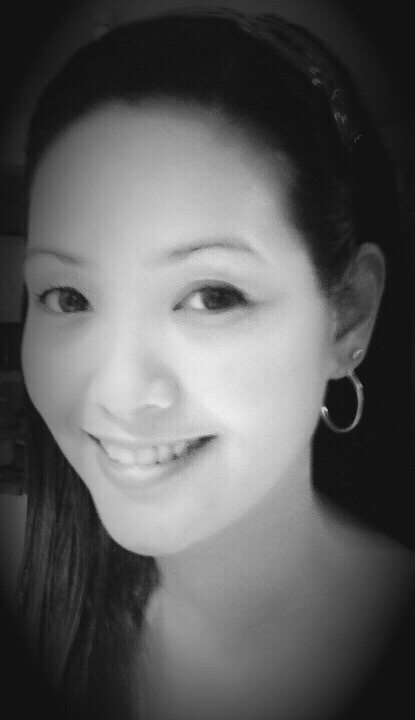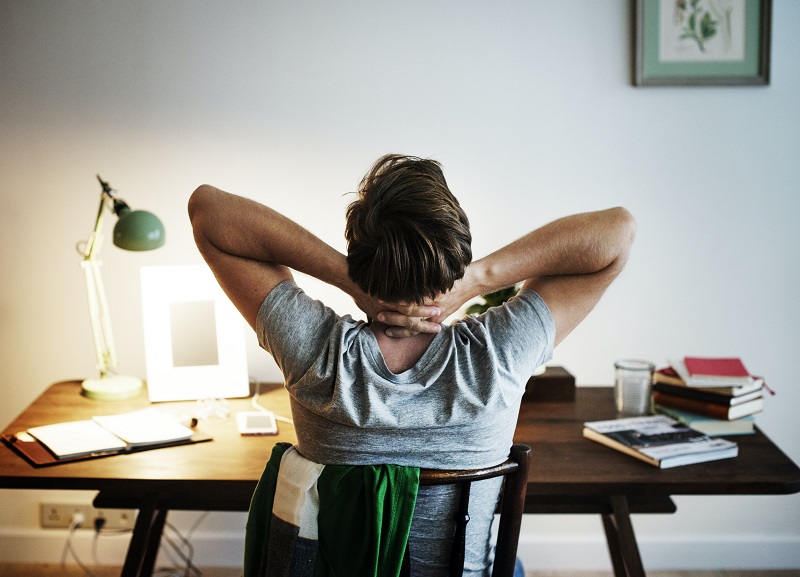Even before the inception of social media, enhanced images of men and women on television and the covers of magazines have caused a stir with the public, with accusations that they lead to unhealthy self-image in young people. However, we only had to contend with these images in line at the grocery store back in the day. In contrast, nowadays, altered images are plastered all over social media platforms and readily accessible to people of all ages.
Unrealistic beauty standards are nothing new, so why does it feel as though they’re doing more harm now than ever before? One would think that with self-acceptance efforts, such as the body-positive movement, the negative effects of these unrealistic standards would be somewhat quelled.
Still, body dysmorphic disorder has been on everyone’s radar recently, so let’s explore why.
What Are The Symptoms Of BDD?
Body dysmorphic disorder, also known as BDD, is a mental disorder that causes sufferers to become obsessed with a specific part of their body, most commonly somewhere on the face, the stomach, chest, skin, or hair.
Individuals with BDD will often experience:
- Either spending extended periods in front of a mirror or avoiding them altogether
- Hiding parts of their body with layers of clothing
- Seeking external validation from others.
- Avoiding social activities or leaving their home in the daytime
- Skin-picking
- Excessive grooming or exercise to keep up appearances
- Anxiety or depression
- Suicidal ideation
- Undergoing unnecessary, sometimes extreme cosmetic procedures
How Is It Diagnosed & Treated?
A clinician will typically diagnose BDD after thoroughly examining the patients’ symptoms and evaluating how they interfere with their day-to-day function. In other words, it must be so severe that they inhibit the individual from living normally.
Many other mental health disorders are co-morbid with body dysmorphic disorder, such as obsessive-compulsive disorder or eating disorders, so a health practitioner must rule these out before providing an official diagnosis.
Once a licensed clinician has determined that their patient has BDD, they’ll select the best course of treatment based on age, medical history, prognosis, and the patient’s input, of course. Treatment will typically involve a combination of medication, most likely an antidepressant, and cognitive behavioral therapy, which will help patients turn negative thoughts into positive thoughts.
How Does Social Media Affect BDD?
Research suggests that social media does indeed have a correlation to the prevalence of BDD and eating disorders in teens and young adults. A 2020 cross-sectional study was conducted in Saudi Arabia to examine the prevalence and causes of BDD in young social media users.
The study was comprised of a total of 1,010 participants and found:
- Approximately 60.8% or 614 of all participants found a specific part of their body unattractive.
- Of those 614 participants, 396 of them spent so much time preoccupied with their unattractiveness that they expressed they would like to think about it less.
- Of those 396 participants, 60.4% reported “distress, torment, or pain,” 45.2% felt it significantly interfered with their social life, and 31.3% said it interfered with their school, job, or work.
- In total, the prevalence of BDD was 4.2%, or 42 out of the 1,010 participants involved. The researchers concluded that “skin disfigurements and hair issues were the defects of the highest concern. BDD was significantly associated with a longer duration spent on Snapchat and Instagram. Participants with BDD were more likely to compare their own appearance with famous people in social media and were at higher risk of harassment and psychiatric problems. The findings call for the need to educate the public about the risk of BDD and its consequences and to promote safe social networking, especially among adolescents.”
Tips To Reduce The Negative Effects Of Social Media
While it is evident that social media has the potential to have adverse effects on the mental health of young people, there are things we can do to give us peace of mind and reassure ourselves that beauty is a subjective and ever-evolving standard we cannot always full fit into, and that’s okay!
Here are some tips to protect your mental well-being when scouring your feed:
- Set limits for the amount of time you spend on social media a day and unfollow or mute accounts that make you feel bad about yourself. You can even schedule periods of social media detox every once in a while.
- Look for enriching media that’s more in tune with your interests and things that make you happy.
- Practice mindfulness; when you encounter something that upsets you, take a moment to analyze why you feel that way and where those feelings come from. You may realize that those feelings don’t come from you and were influenced by something you saw in the past.
- Actively use affirmations and positive self-talk to reinforce the things you love about yourself and encourage healthy behavior. You owe it to yourself!
- If you’re able to, speak to a therapist about your concerns and let them help you become the happiest, healthiest version of yourself you can be.
Marie Miguel has been a writing and research expert for nearly a decade, covering a variety of health- related topics. Currently, she is contributing to the expansion and growth of a free online mental health resource with BetterHelp.com. With an interest and dedication to addressing stigmas associated with mental health, she continues to specifically target subjects related to anxiety and depression.











